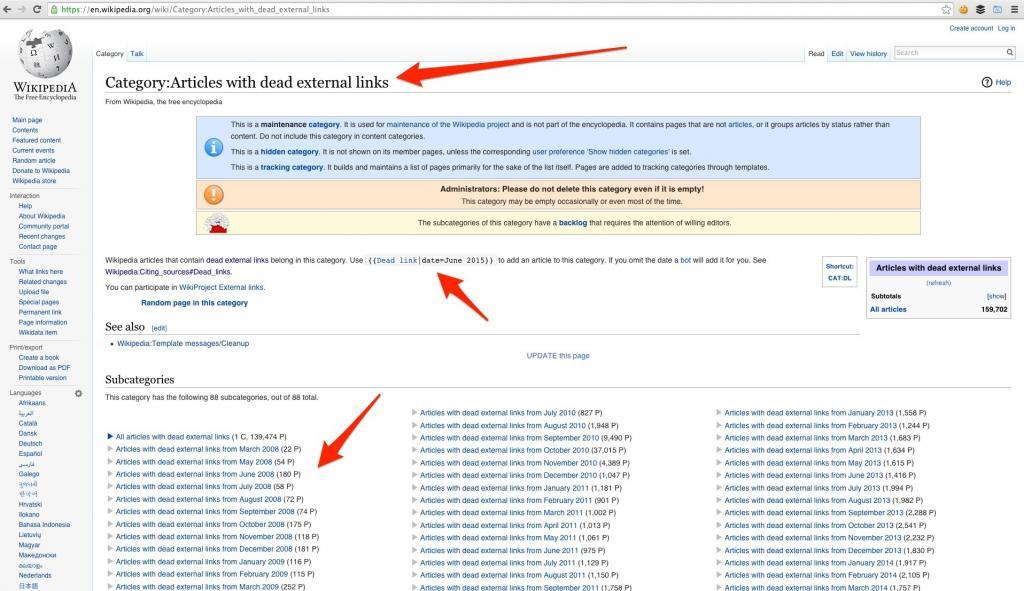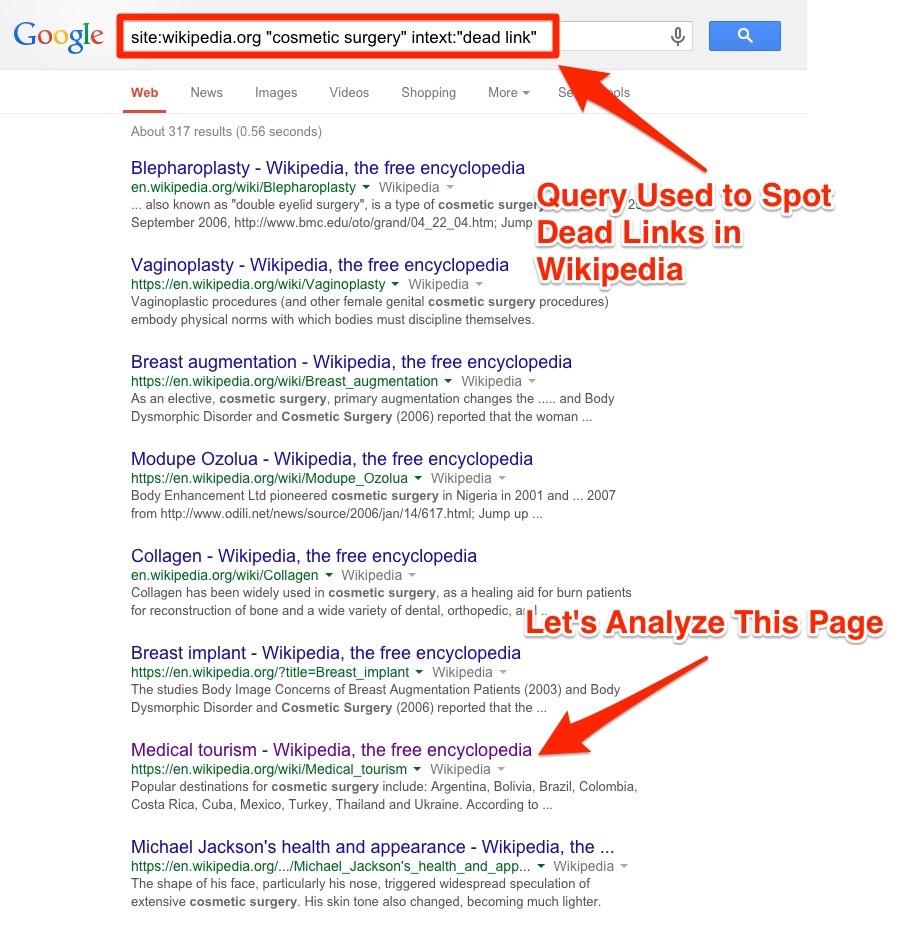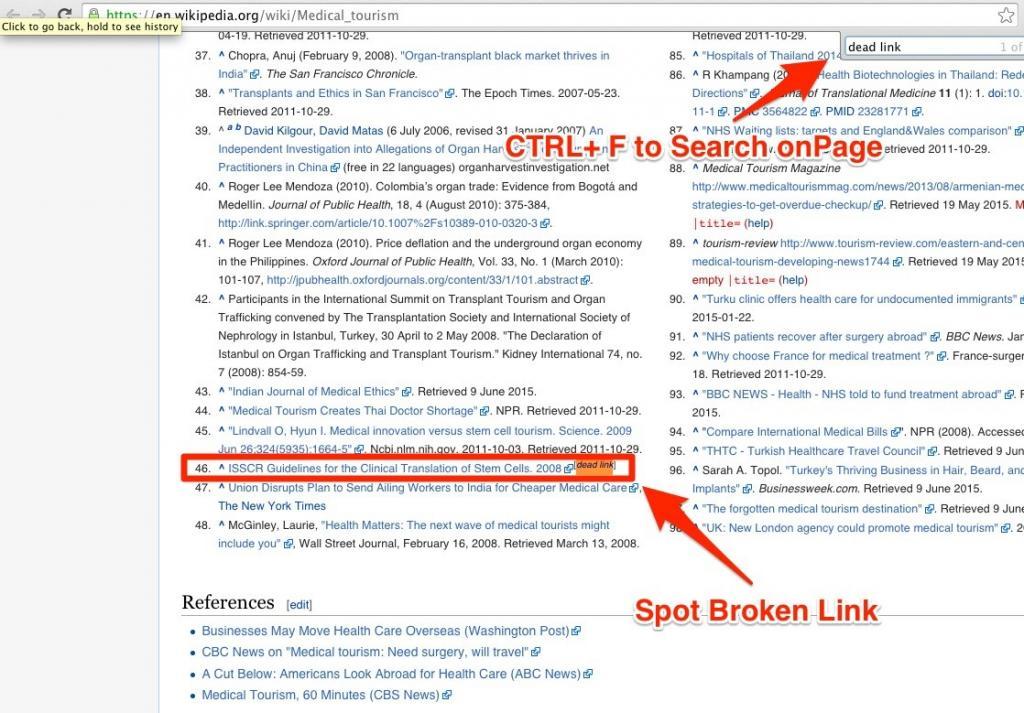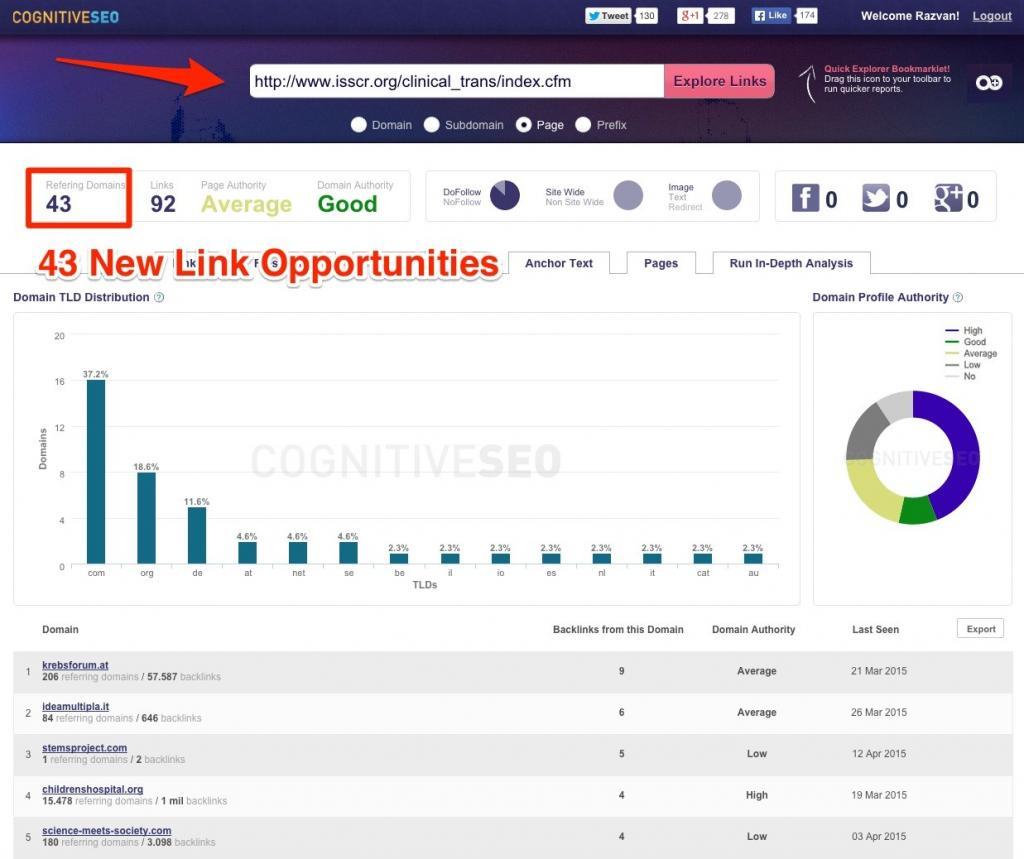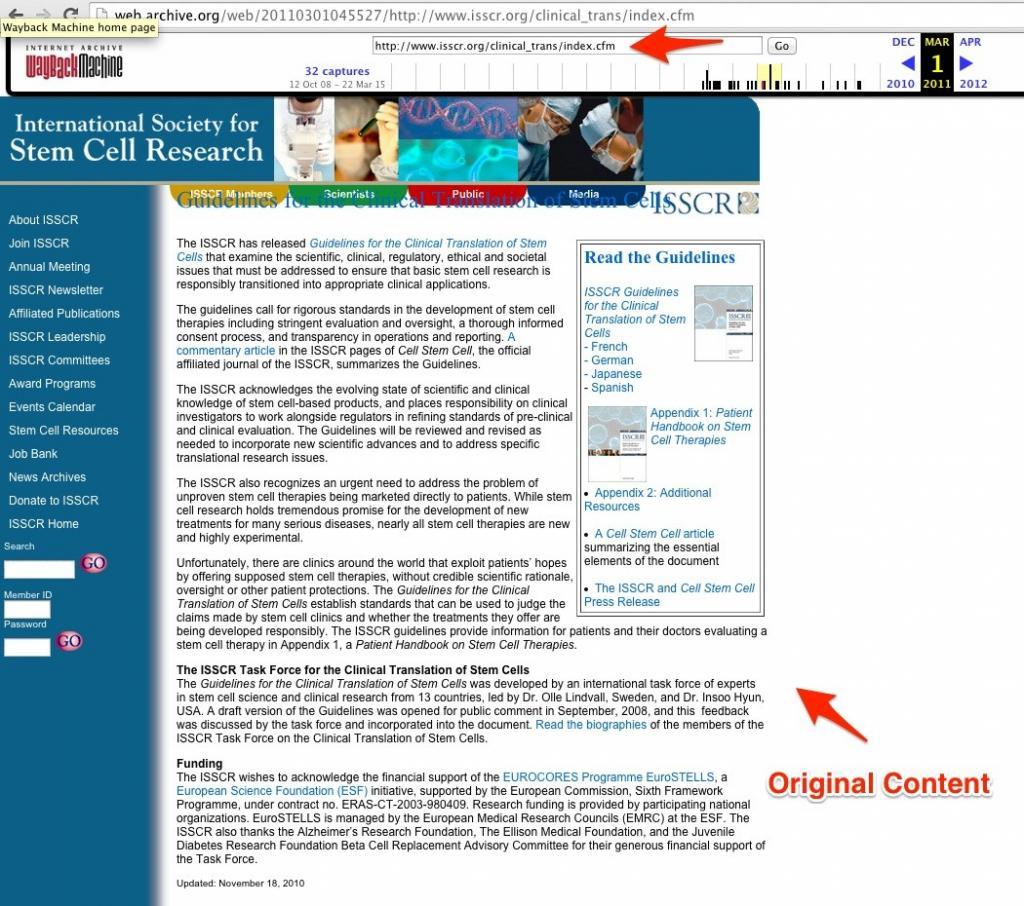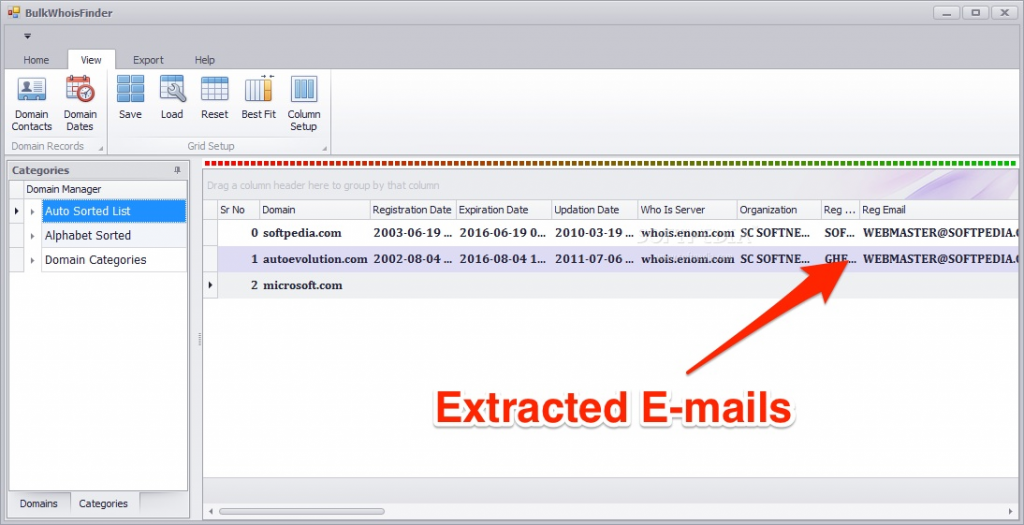Google Maps is automatically recommending the best local businesses to consumers. Without a local SEO Strategy, consumers will be choosing your competitors every day!
Google Maps has over 1 billion users and Apple Maps receives over 5 billion map-related requests every week. Could you even imagine a time when people were forced to use paper maps? The amount of trust consumers place on mapping applications to help them find new places (unbranded searches like “restaurants near me”) and take them where they need to go is amazing. Today’s customer surrenders all decision making processes to the opinion of a faceless, impersonal application. What does all this mean? Leveraging today’s search engines and creating effective local SEO strategies will allow businesses to organically own their market.
86% of consumers are using Google Maps as a tool to look up local businesses. The popularity in digital mapping applications has turned maps that simply get us where we need to be into a thing of the past. Consumers are using maps as a single source for discovering, researching and comparing new businesses. Features such as nearby “Place Labels”, “Areas of Interest” and the ability to compare ratings and reviews for businesses directly within these apps have turned digital mapping applications into a one stop shop for choosing local businesses.

Consumers face so many options these days that they are overloaded with choices. They can rely on these tools to quickly narrow down their choices and give them only the most trusted and reliable options, allowing them to make quick and confident decisions about where to spend their money. This especially holds true for someone from out of town or who is otherwise unfamiliar with the area. Tools like Google and Apple maps can be a safe haven for finding where to grab a bite to eat, the best places to go shopping, or where to order a quick cup of coffee.
“Areas of Interest”: How are map updates changing the way consumers make decisions and can your businesses reputation withstand this new trend?
In mid 2016, Google (and it seems Apple as well) added a few new updates to their mapping applications, one of which is now helping consumers decide “what to do” and “where to go”. In addition to being able to queue specific searches for businesses nearby, Google’s new update allows users to explore the map and find nearby “Areas of Interest” (highlighted in orange) or places where there’s a lot of activities and things to do. You’ll find that In general, these areas include will include downtown and tourist areas with a lot of foot traffic.
Google Maps (San Diego): Apple Maps (New York):


These new “Areas of Interest” are a great way to help consumers explore the area and find local businesses nearby. Google wrote:
“Whether you’re looking for a hotel in a hot spot or just trying to determine which way to go after exiting the subway in a new place, 'areas of interest' will help you find what you’re looking for with just a couple swipes and a zoom.”
This new feature is another tool consumers have at their disposal for sorting through the masses of information and choices available to them. This update is especially valuable for travelers who don’t know the city; it allows them to quickly swipe through their trusted maps and find the most popular bars, restaurants, shops, and things to do in the area. Customers and tourist can spend less time thinking about exactly what they want to do or where exactly they want to go and instead let their web mapping applications give them the most popular and trusted options around.
As more users become aware of this feature and begin to incorporate it into their daily lives, it will raise a serious question: “Why does one business deserve to be an ‘Area of Interest’, while another-just a block or two away-does not?”
Google stated they will be using an algorithmic process to determine areas with the highest concentration of restaurants, bars and shops. In high density areas like NYC or San Francisco, they are using a combination of algorithms and a human touch to ensure they are highlighting the most relatively active areas.

91% of consumers regularly or occasionally read online reviews to determine whether a local business is good or bad.
Online visibility will immediately increase for those businesses highlighted as an “Area of Interest” which could either be a blessing or a curse. Either way, having a proper reputation management strategy will be crucial for winning over customers once they have found your business listing. For businesses with a great online reputation, the fact that “Areas of Interest” provide even easier access to your online profile and reviews will help your business thrive. In contrast, a business listing littered with poor ratings and reviews will be more easily dismissed by potential customers.
Not an “Area of Interest”, but still want to take advantage of popular web mapping services? Use Local SEO and Reputation Management to earn a “Place Label”!
Google’s and Apple’s “Place Label’s” work very similarly to the “Areas of Interest”. These are places Google and Apple recommend based on popularity, reliability and previous customer opinions. They allowing consumers to open up their mapping application and quickly swipe around to find nearby places that stand out.
These Icons highlight and draw attention to some of the most reputable and trustworthy businesses in the area and sit atop other great content such as landmarks and tourist attractions. All of the icons are clickable, giving users instant access to information such as business hours and address, ratings and reviews, and customer images.
Google Maps Place Labels: Apple Maps Place Labels:
The “Place Labels” are determined algorithmically through a large number of factors. However, Google has said that one of the major factors used to determine “Place Labels” is the accuracy of the business information and the richness of the content associated with the business. This means in order to earn a “Place Label”, businesses must have some of the most accurate and consistent listings all across the web (specifically business name, address and phone number). In addition to accurate and consistent listing information, to earn a place label, businesses need rich and engaging content tied to their listings; this includes a high quantity and quality of reviews (with responses), photos and videos. Put it all together and earning a place label can come down to having a great Local SEO and Reputation Management strategy.
As consumers become more and more comfortable with local search and the power of web mapping services, businesses will compete for new customers based more off of what mapping applications decide to make available to users. Businesses with great online reputations and accurate listings will win more customers by encouraging mapping applications to recommend their business to users. Schedule a FREE brand audit with Chatmeter to ensure your listing accuracy and learn more about the most effective and efficient Reputation Management software available.

